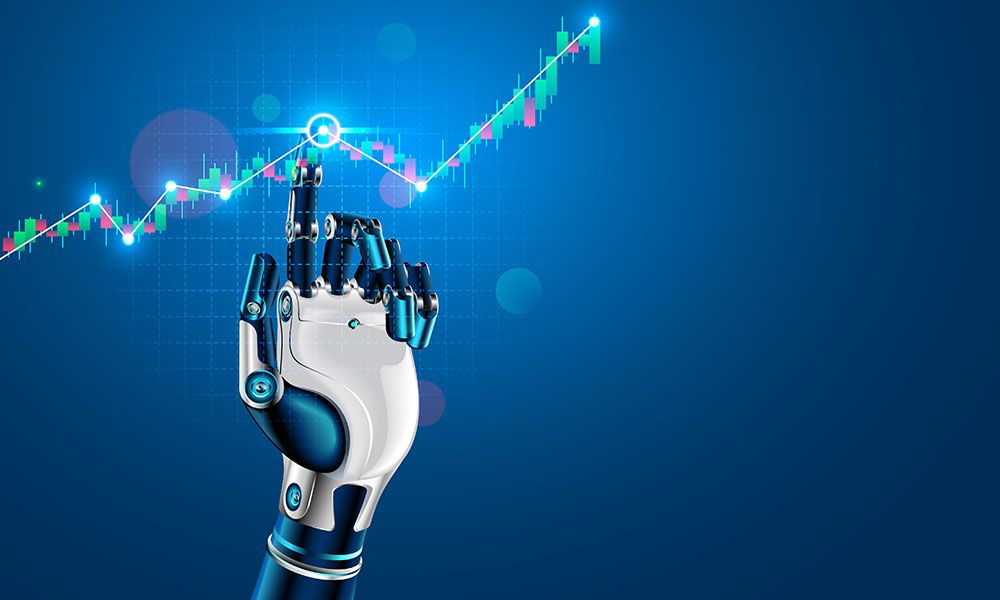The woes of Byju’s
March 4, 2024 Leave a comment
Just as everyone thought the layoffs winter can’t get any more frigid and worse, looks like Byju is going to be laid off from Byju’s.
Every Edtech company has three components 1) Education 2) Technology 3) Business and management. That Byju Raveenran is an accomplished tutor is a well known fact. That his classes and method of teaching had immense potential to go online was also there which was why Byju’s grew exponentially in a short span of time and attracted the attention of global investors. So problem areas are not education and technology. Byju’s current woes are all on the business and management side.
There are several well known cases of VCs asking founders to focus on product development and appointing CEOs and hiring executives to run the business. Now that VCs are seeking to oust Byju Raveendran, it is puzzling as he had no prior experience in running a company then why did the VCs allow him to be the CEO and bring in his wife and brother to run the business. Byju’s situation was not at all complicated. Raveendran had to focus on education and the company needed a technology head with the potential to grow into CTO who could build a technical team from scratch. The VCs could have had easily set up the executive and management teams. Raveendran and his family members are not just the problem, the entire executive and management teams need to be dismantled and built from scratch.
I have heard several instances of Byju’s sales team being aggressively persuasive with the parents of children and making the parents feel like they are doing a crime by not giving their children Byju’s online classes. Raveendran seems to have clearly forgotten his own USP that made Byju’s touch the skies. It was the quality of his classes and word of mouth. Companies like Apple and Bose rely on the quality of their products to attract and retain their customers. Raveendran simply had to follow the golden rule. So what changed him?
Market valuation of a company is usually done based on the numbers on its financial statements and its business potential in the market segment it is catering to. Investors would ideally look at the past 3 years of financial performance for assessment. What they look at is profit margins, but with a catch. Ideally they would want to see increasing revenue and decreasing cost or expenses but even if the revenue remains flat for a couple of years they want to see decreasing cost because it shows efficient money management. This does not seem to be the case with investors and investments anymore. Market valuation can be conservative or inflated based on many factors. In the case of Byju’s it had huge potential with its online app, then covid struck and we literally started living on the internet. Byju’s valuation became like an endless pit because its business potential exploded into touching the entire population of the country. When investments started flowing in like water Raveendran spent millions on acquiring other edtech companies and running promotion ads with Lionel Messie and Shahrukh Khan and sponsoring events, notably sports events. The beleagured company’s valuation is now down by 95% from its heydays in 2022 which goes to show how inflated valuation can end up destroying companies (https://m.economictimes.com/tech/startups/macquarie-slashes-byjus-valuation-by-98-after-julius-baer-protest/articleshow/108165302.cms).
Terming startups that are loss churning machines year after year as unicorns is I believe the biggest crime investors and VCs are doing. Budding entrepreneurs all want their startups to get investments and become unicorns regardless of how poor their financial performance is because they know they can have swanky lifestyle, hire and fire employees when their business strategies fail miserably and can get away with everything even if their companies go bust.
Raveendran’s knowledge and teaching acumen were his heart and soul and investments pouring in acted as injecting venom into both. This is what happens in every case where we get more money than we really need. Education is more like the traditional barter system, we give money in exchange for knowledge. When we make education into a business, everything related to business takes hold, such as competition in the market, having to invest first to get returns, invest more for higher returns, commercialization and giving up on the core values of education.
Raveendran is accusing the investors of trying to oust him as the CEO of Byju’s and from the board of directors along with his wife and brother. He is also peeved now that investors have blocked access to money he has raised to pay salaries to his staff (https://www.reuters.com/world/india/indias-byjus-cant-access-rights-issue-funds-pay-staff-2024-03-02/). He needs to understand that investors are only looking to recoup their investments for which he has to either pay off all their money or step down and let them run the company. He doesn’t have a third option no matter whatever he tries.
VCs can do well by not being confrontational and convincing Raveendran to give up the executive positions and shift his focus back to education for the sake of his company and his future. If he gets ousted, the reality will hit home hard when he starts a new life without Byju’s especially if the investors decide to retain the name of the company.

















